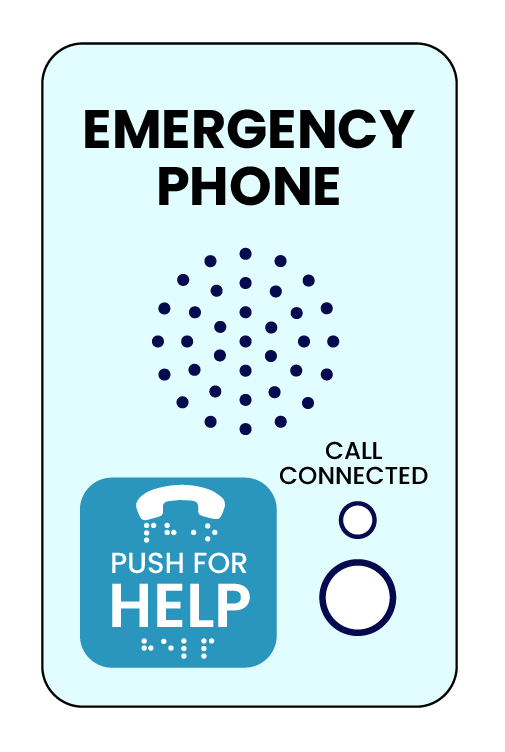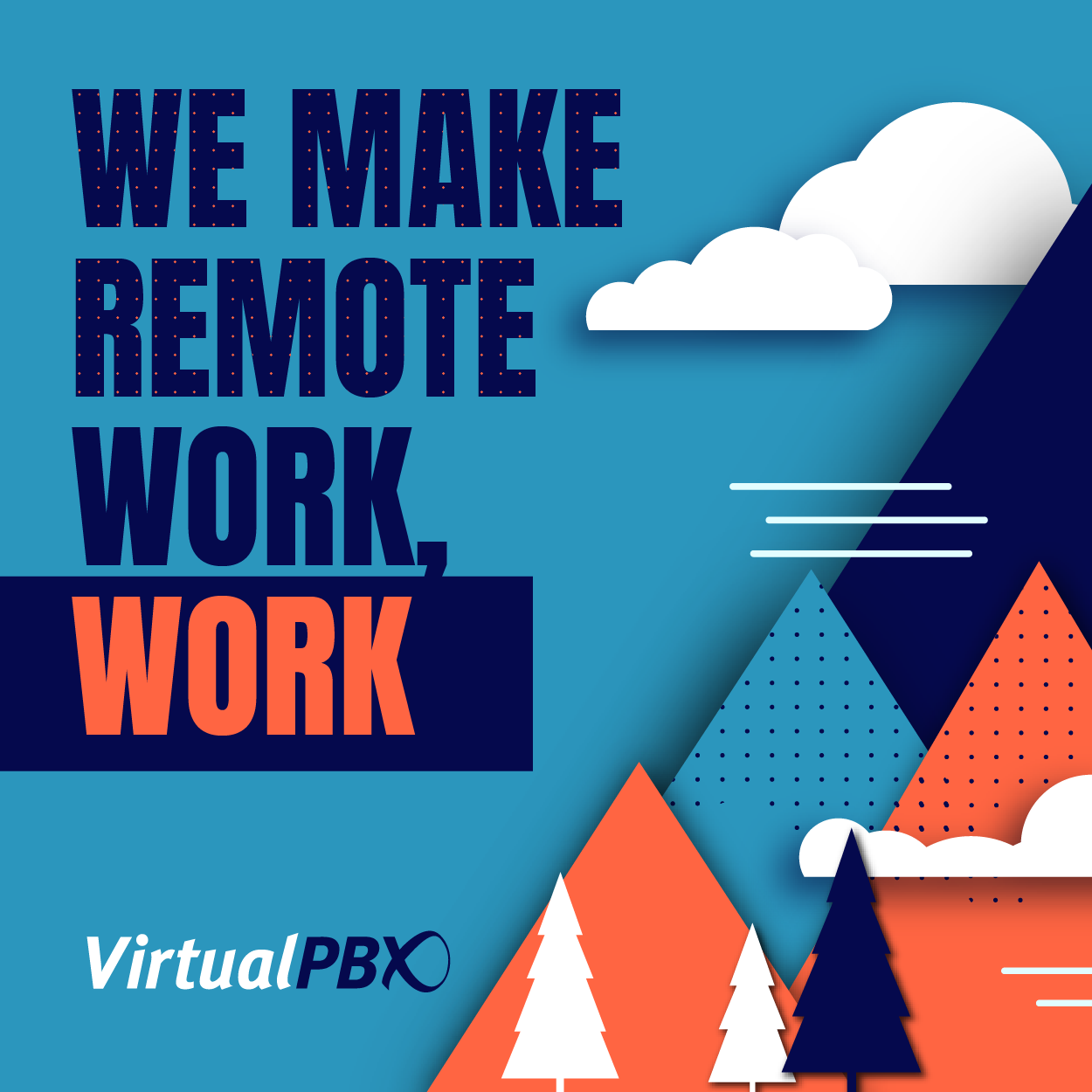While elevator phone line requirements vary based on national and local codes, they are primarily governed by the Safety Code for Elevators and Escalators (ASME A17.1/CSA B44) and the Americans with Disabilities Act (ADA) guidelines.

These guidelines stipulate the following requirements:
24/7 Monitoring and Availability
This can be an onsite security office or an offsite phone monitoring service, but the phone line must be monitored by a trained emergency response service 24 hours/day, 365 days/year without being able to be turned off. It must also connect directly to the service without requiring the caller to dial a number. This means elevator phones cannot be programmed to simply dial 911.
Hands-Free Operation
To accommodate all users, including those with disabilities, an elevator phone must be hands-free and within reach. This means phones must be no more than 48” from the floor. You may remember older elevators with corded handsets, but these are no longer compliant.
Two-Way Communication
Elevator phones must allow two-way voice communication between the rider and the dispatcher or emergency respondent.
Automatic Location Identification
Each elevator phone must identify and communicate the exact elevator location to emergency responders without requiring the caller to speak. If multiple elevators share a phone system, each car must provide unique information (building, address, elevator number).
Reliability and Backup Power
To be compliant, the phone system must function for at least four hours during a power outage and must be reliable. Historically, this has meant a dedicated, copper line that does not go out with a power interruption. However, as technology advances and copper lines begin to phase out, some areas have instated more stringent guidelines, such as redundant connections through cellular and VoIP-based solutions.
For more information on the redundancy, backup capabilities, and affordability of a VoIP-based solution, take a look at our AirDial tech specs.
Audible and Visual Signals
To comply with accessibility requirements, an elevator phone must be easily identifiable as well as accessible. This means riders with physical, visual, and hearing impairments must be able to identify and use the phone without compromise.
Regular Testing and Maintenance
Building owners must regularly test the communication system to ensure its proper function. Some areas require testing on a set schedule to ensure compliance.
Many ask if freight or service elevators are also required to comply. In short, that answer is yes. When an elevator is used to provide a required accessible route between stories, it must me the requirements for passenger elevators.
Local jurisdictions may have additional requirements beyond ASME and ADA. It’s important to evaluate your area and ensure you’re in compliance.
These guidelines are a great place to start:
ASME A17.1/CSA B44
ASME A17.2
ASME A17.3
ADA Chapter 4 Elevators and Platform Lifts
NYC Buildings Elevator Code
Schedule A Compliance Assessment
If you have questions about the requirements or recent requirement changes in your area, schedule a conversation. If you just want to review your current situation with one of our specialists to know your options, or want to schedule a compliance review to see where you stand, we’re ready to make that happen. Call or text us at (888) 825-0800, and we’ll be happy to learn about your situation to see if you’re currently compliant or what it might take to get there.







